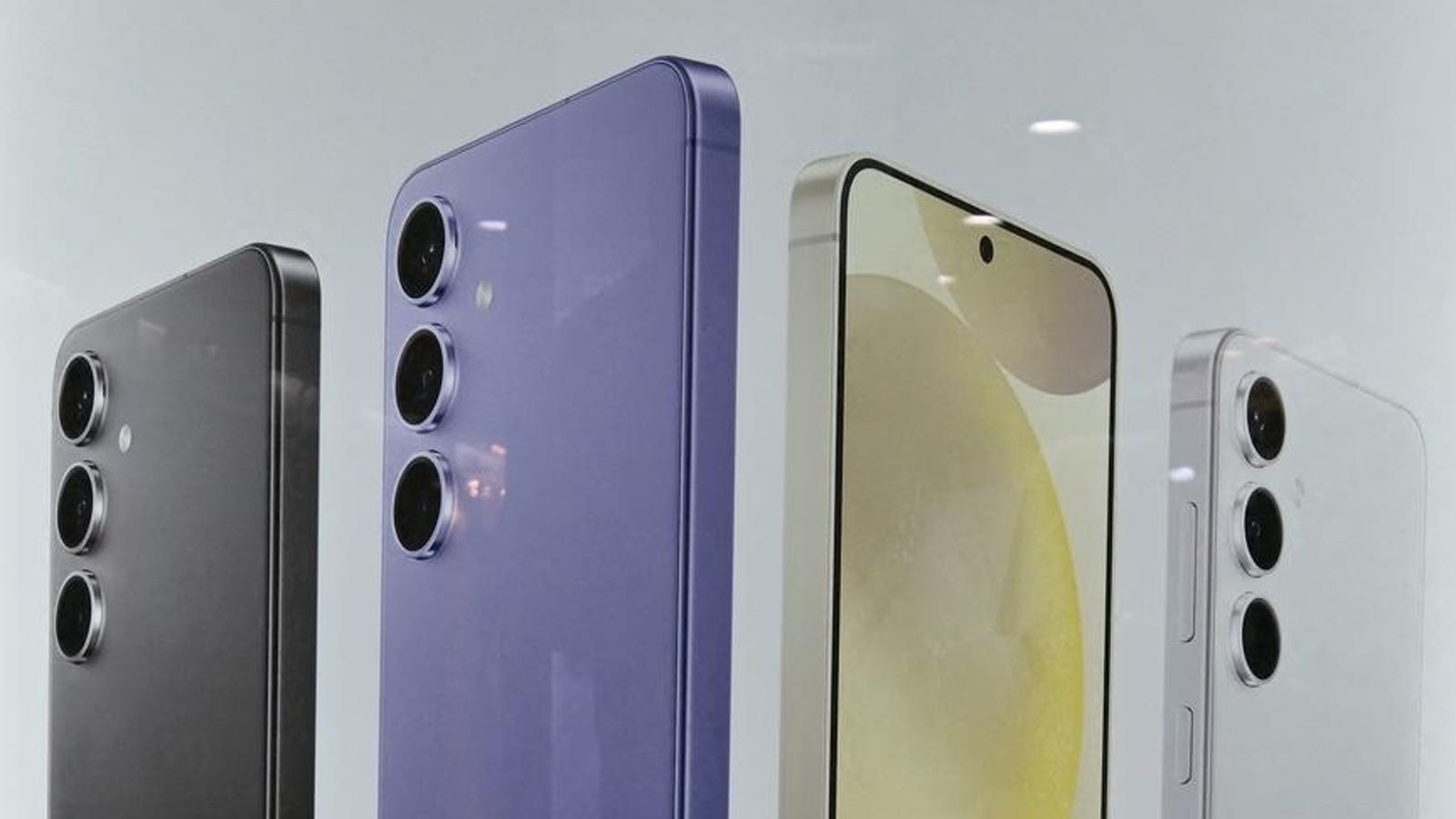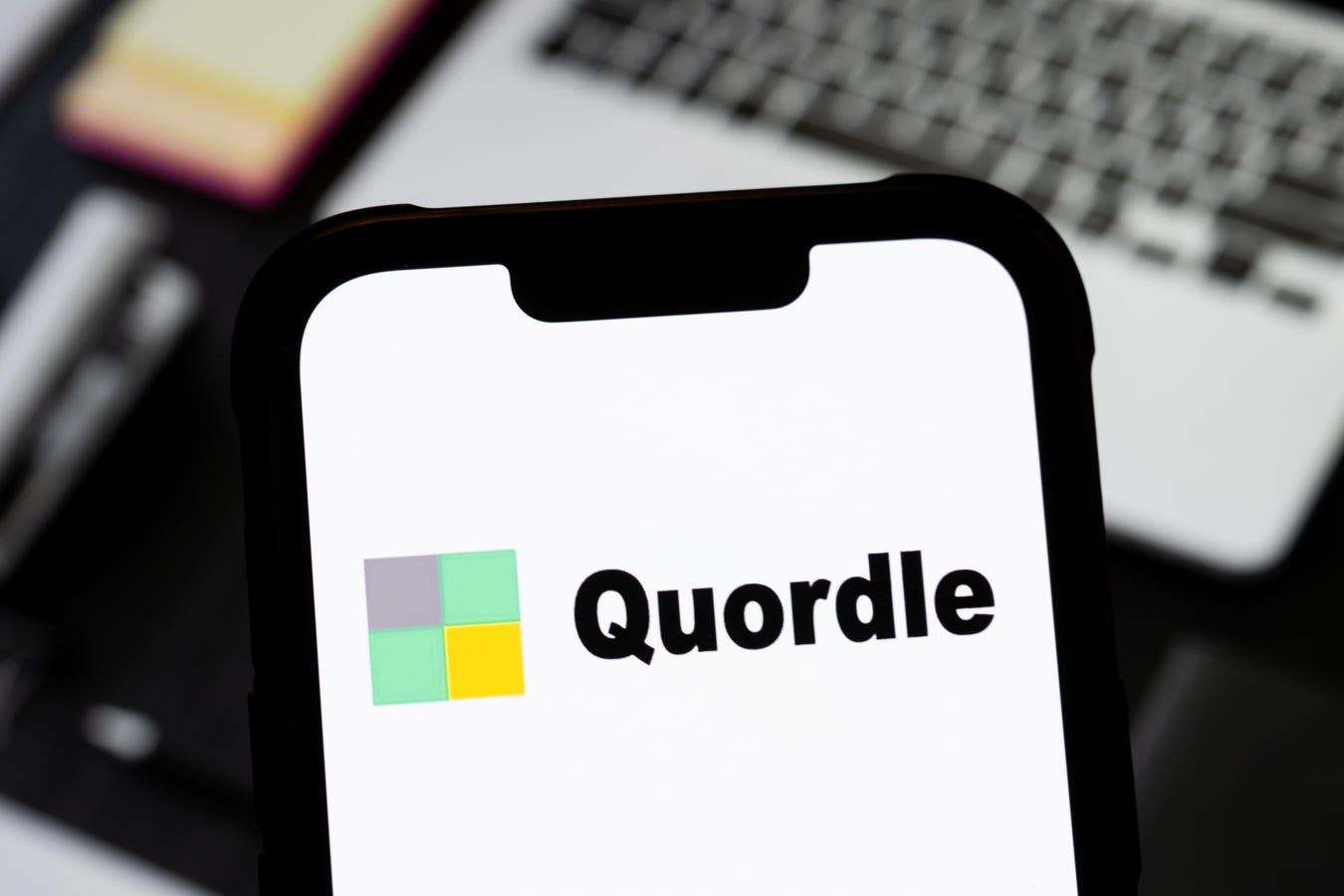All change for Android
Whisper it quietly — Android might be heading for something of a nightmare, even a disaster. After the tumult of losing Huawei to U.S. sanctions, prompting what was once Android’s leading OEM to go its own way, this could be the beginning of something much worse. It would be a setback for Google. But for Samsung, it’s decision time.
The Huawei news was bad enough for Android. I warned at the time of the initial sanctions stripping Google from Huawei phones that this risked China going alone, bad news for U.S. tech. We’re five years on and Huawei’s Harmony OS has enabled their Android-free phones to chase down Vivo for top spot in China’s vast market.
But now China’s market-leading Vivo, its fourth-placed Oppo, and Xiaomi, the third-best selling phone-maker globally, may have a nasty surprise for Android’s ecosystem. As XiaomiTime explains, “there have been rumors in the tech space of a collaboration among three Chinese tech players – Xiaomi, BBK Group (parent company of OPPO, Vivo, and OnePlus), and Huawei – to launch a Google-free Android alternative.”
This move would leave Samsung as the only top selling brand still running Android. Huawei was once up there and has already gone. Xiaomi, Vivo and Oppo are the others. Per GSMArena, “while Huawei lost its global dominance, Xiaomi, vivo and Oppo are in the Top 5 globally, so if they start selling Google-free phones it would have a major impact on the market.” To put it more starkly, it would be a game-changer for Android.
And it isn’t just Google and Android in the crosshairs. Last week, the South China Morning Post reported on “Huawei unveiling [its] first laptop running [its] self-developed HarmonyOS as [its] Windows licence expires… the laptop, which has not yet been named, operates HarmonyOS 5, also referred to as HarmonyOS Next, the latest iteration of the system. Most Huawei laptops in the market currently run Windows.”
On the smartphone side, Samsung is already Android’s leading OEM, albeit Huawei was chasing it down hard for top spot (and occasionally winning) before sanctions took hold. If China’s other leading brands also drop out, Samsung would be the only major Android player other than Google itself, still in the ecosystem.
Separately to this emerging China story, Samsung is already suffering from its need to follow Google’s lead at every turn, with Pixels always coming first. We saw this with Android 15 and Samsung’s long delays, we’re seeing it now with Android 16’s beta and likely rollout schedule, and we see it every month — including this month, when security releases make their way to Pixels much more efficiently than to anyone else.
If — and it’s a big if for now — the other leading Chinese OEMs collaborate around a common OS, with Huawei’s advanced Android alternative as a starter, Samsung will have the opportunity to redefine Android and its relationship with Google. It can still take the apps and the AI, but it would be an opportunity to create an ecosystem more closely resembling Apple’s and Google’s than it has now.
The optics of Google competing with Samsung and other OEMs while providing their core OS has always been awkward, and gets more so as Pixel advances. Perhaps this kind of change was always inevitable. Certainly the idea of Chinese OEMs being forever beholden to U.S. operating systems was fanciful. And that change leaves Samsung behind. It’s hard to think of a worse Android nightmare for Google than its top OEMs collaborating on something new.
That nightmare may now be coming true.








